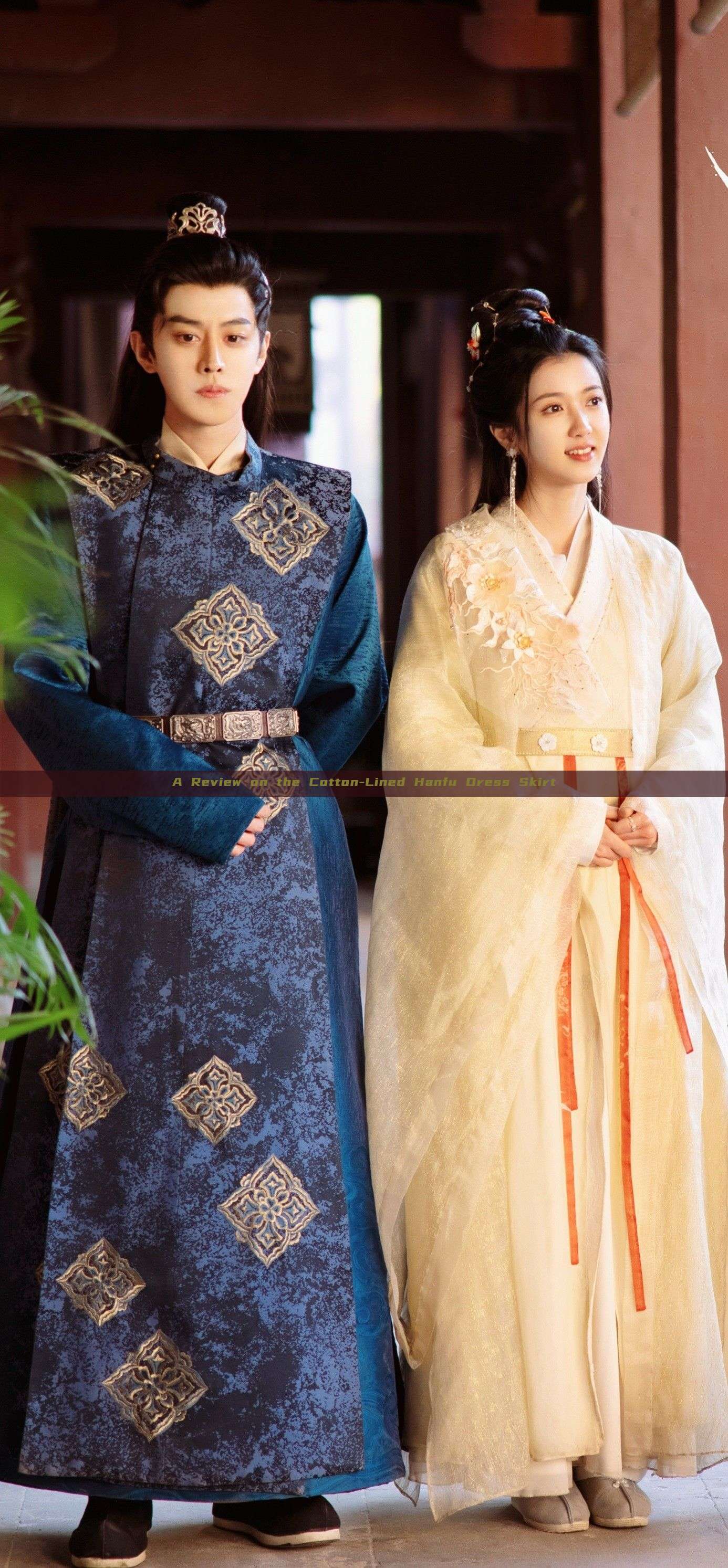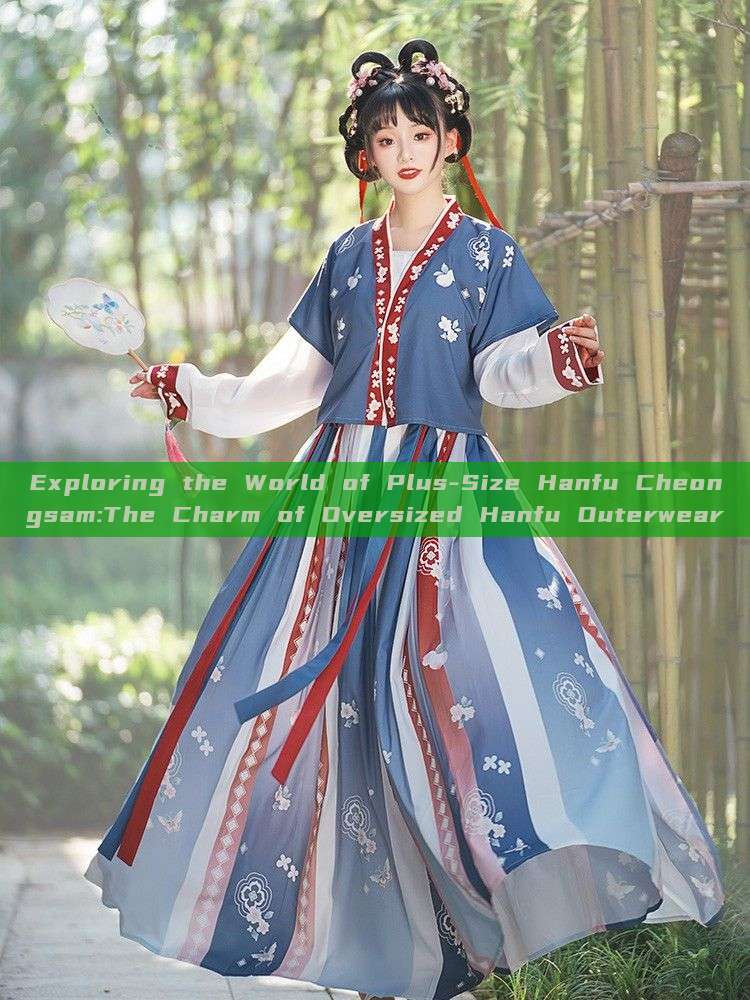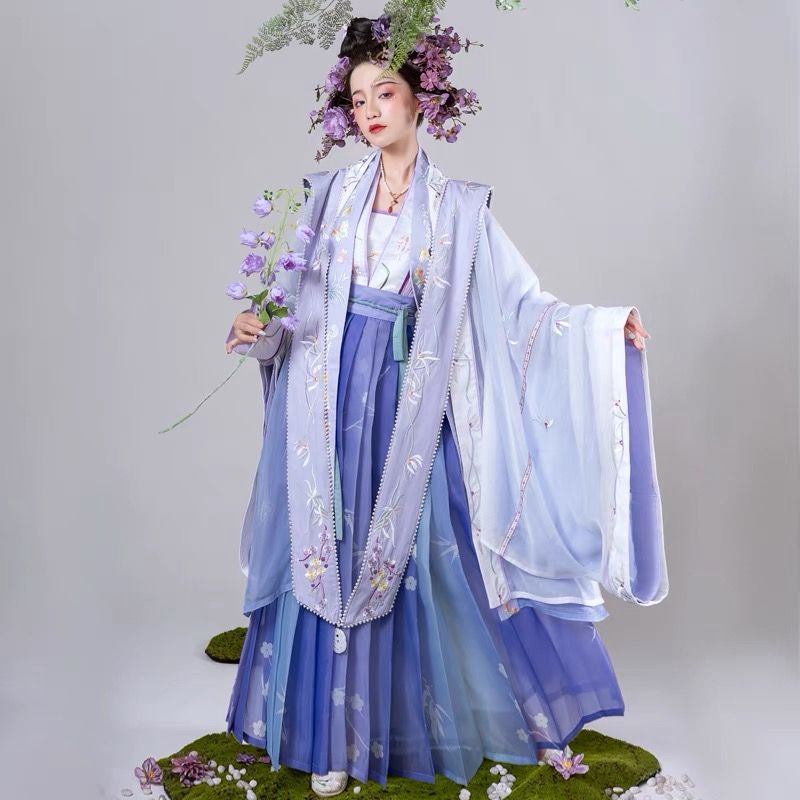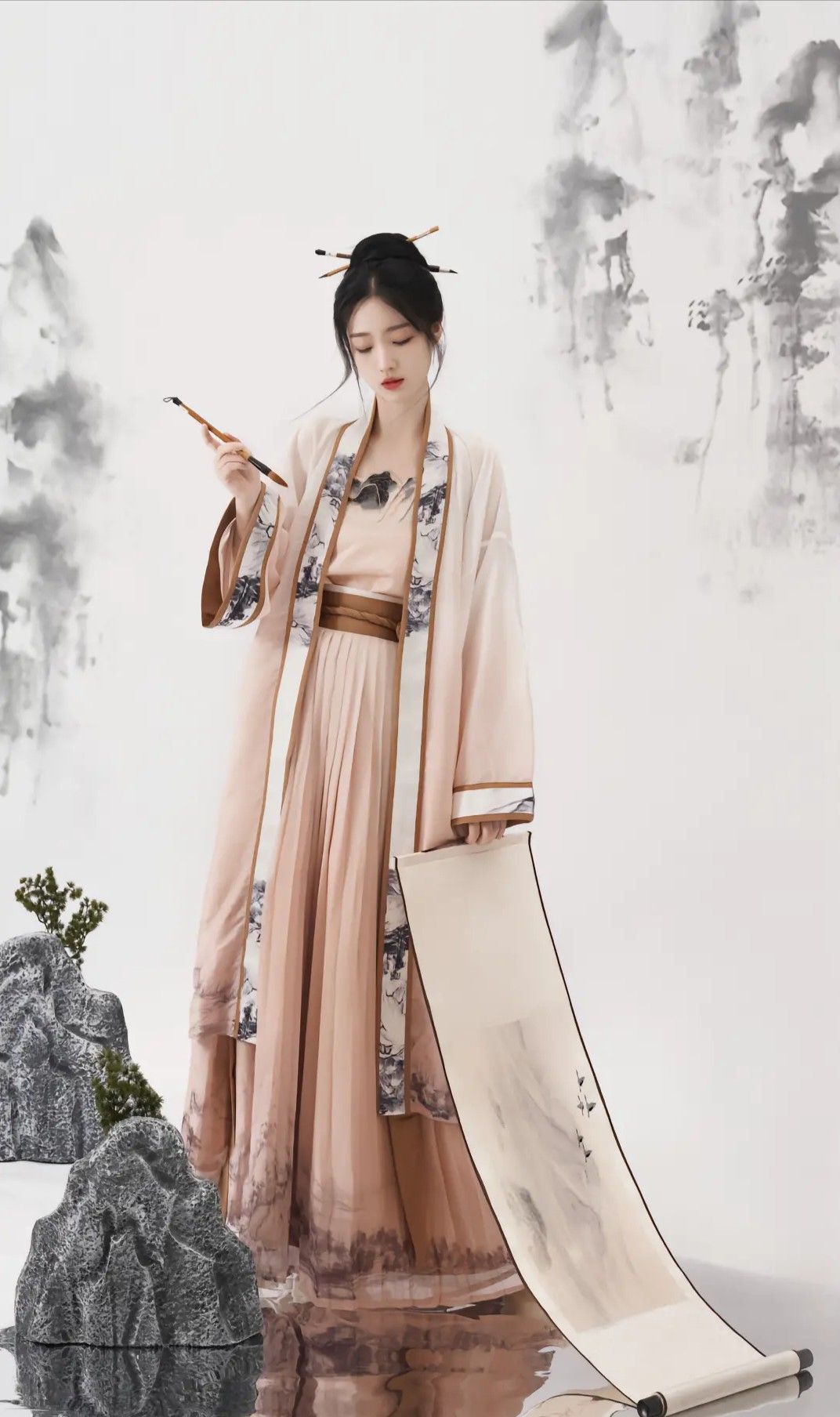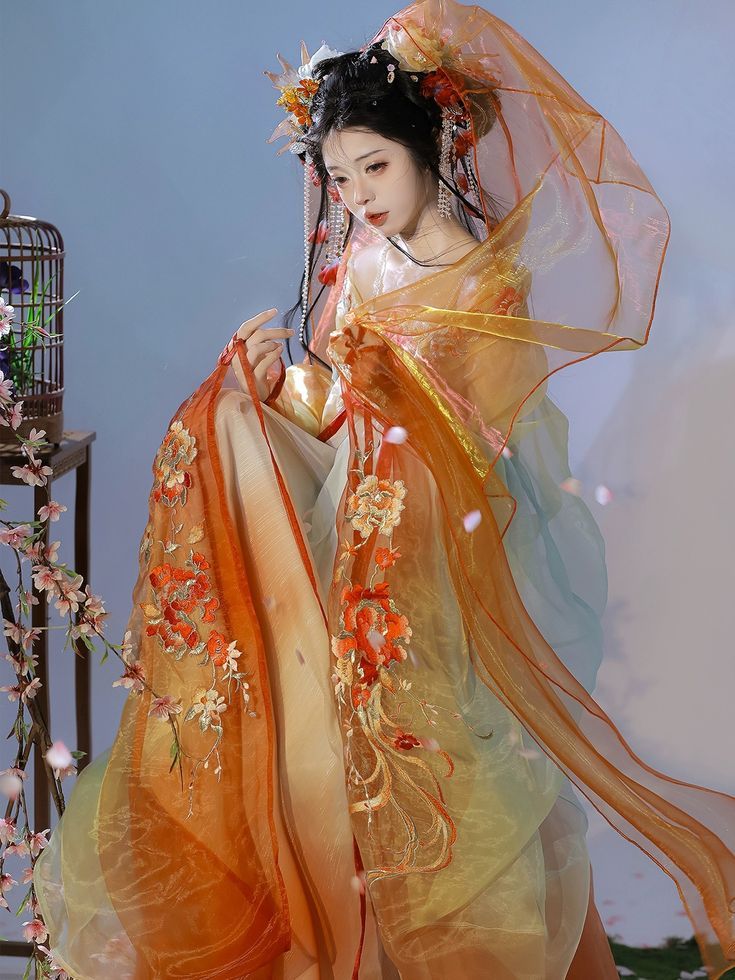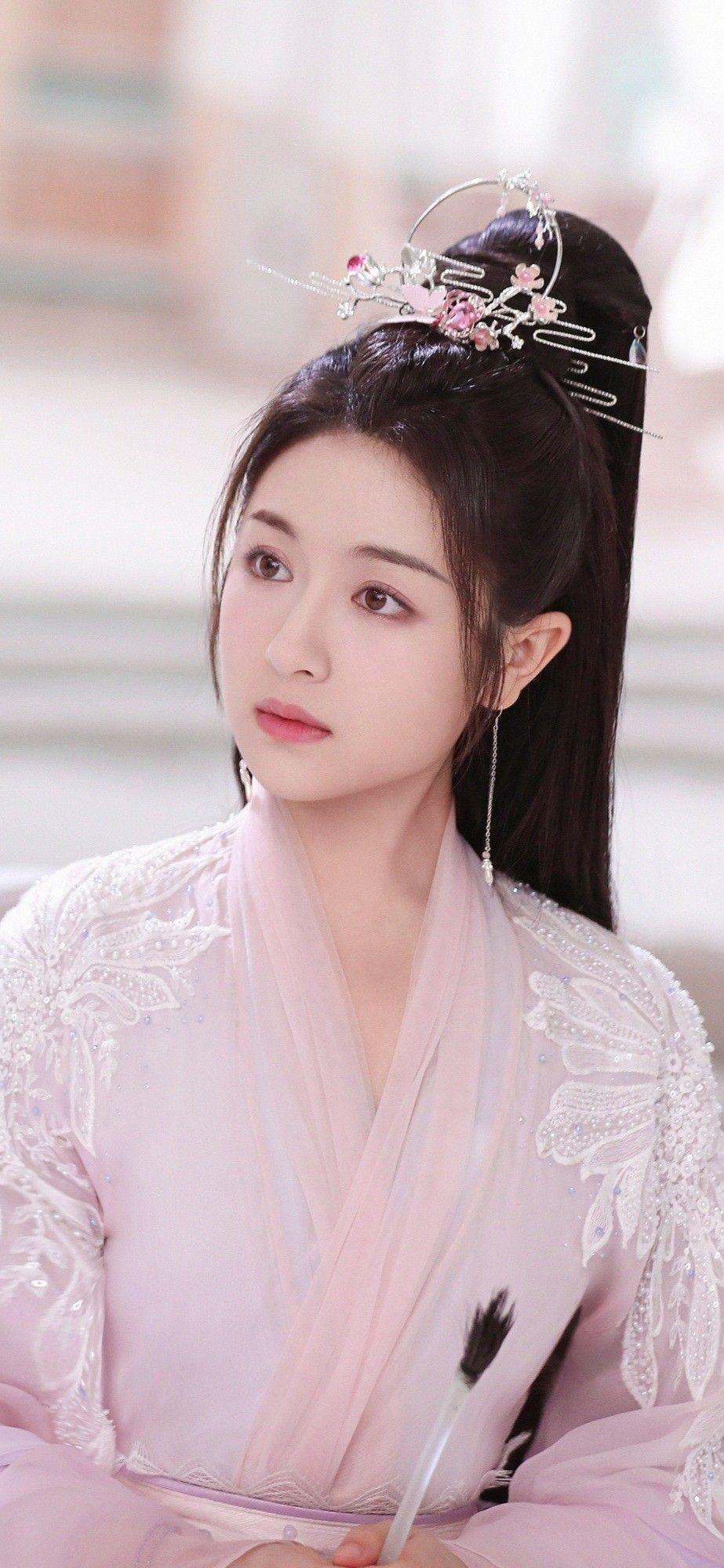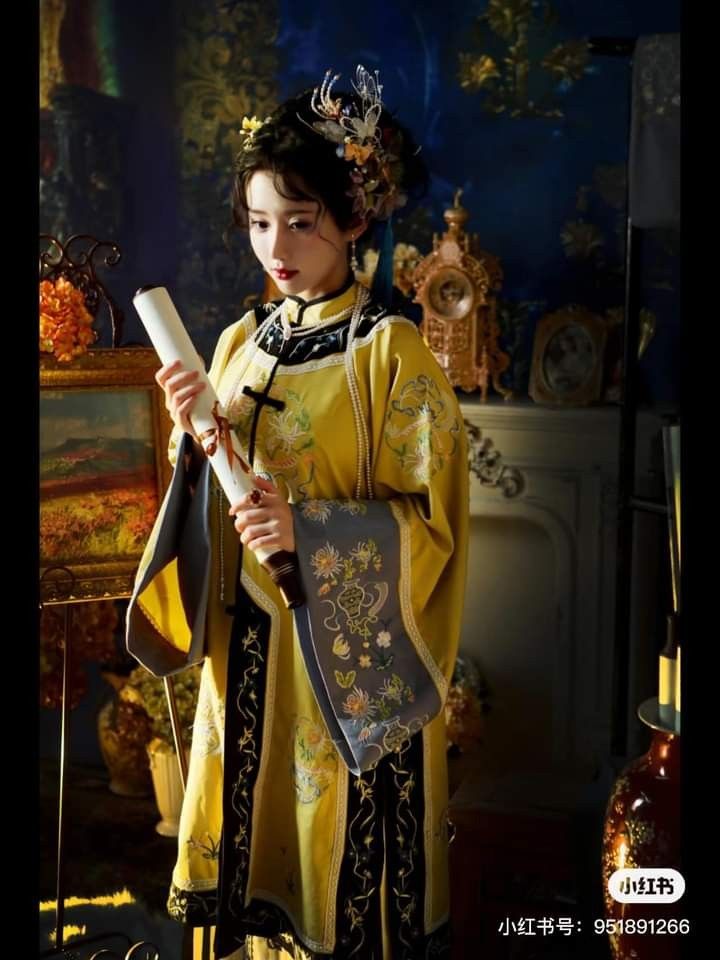In recent years, the revival of traditional Chinese culture has led to a renewed interest in traditional clothing styles, particularly the Hanfu. The Hanfu, a traditional Chinese clothing that dates back thousands of years, has experienced a renaissance in modern times. Among various styles of Hanfu, the Song-style Hanfu has attracted significant attention for its simplicity and elegance. This article explores the evolution of Song-style Hanfu in modern times and how it can be further improved and modernized.
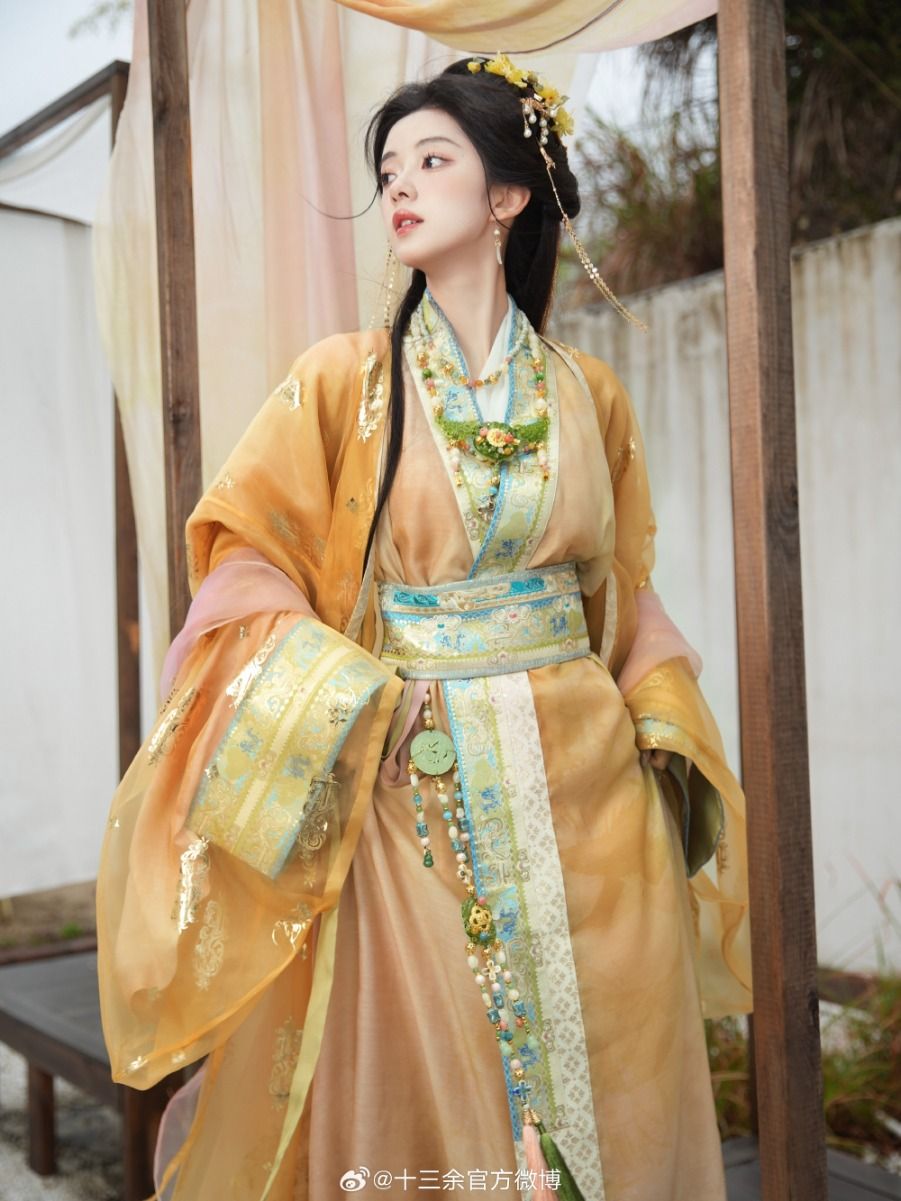
The Song-style Hanfu, named after the Song dynasty (960-1279 AD), is known for its simple lines and elegant designs. It typically consists of a long robe called a Changshan, paired with a belt and a cap. The style emphasizes comfort and functionality, making it suitable for everyday wear. However, to make this traditional attire more appealing to modern audiences, it needs to undergo certain modifications and improvements.
Firstly, modernization of the Song-style Hanfu involves updating the materials used in its construction. Traditional materials like silk and cotton are still valuable, but modern synthetic materials provide better breathability and durability. The use of eco-friendly materials is also becoming increasingly important in today's fashion industry. Incorporating these materials into Hanfu not only enhances its practicality but also contributes to environmental sustainability.
Secondly, modern designs should be incorporated into the Song-style Hanfu to make it more appealing to younger generations. Elements like vibrant colors, patterns, and embellishments can be added to enhance its visual appeal. At the same time, designers should retain the essence of traditional Hanfu culture in their designs to ensure that the essence of traditional culture is not diluted.
Thirdly, the Song-style Hanfu should be modified to cater to modern lifestyles. While traditional Hanfu was designed for specific occasions and ceremonies, modern Hanfu should be designed for everyday wear as well as for different occasions like work, casual wear, and formal events. This requires designers to consider practicality and comfort while designing Hanfu that can be worn throughout the day.
Moreover, the modernization of Hanfu also involves promoting it through various platforms like fashion shows, social media, and educational institutions. By showcasing modernized Song-style Hanfu in these platforms, designers can attract more people to this traditional clothing style and encourage them to wear it in their daily lives.
In conclusion, modernizing the Song-style Hanfu is not just about making it more appealing to modern audiences but also about preserving and carrying forward traditional Chinese culture. By incorporating modern designs, materials, and lifestyles into Hanfu, we can create a new generation of clothing that not only reflects our cultural heritage but also caters to our modern needs and preferences. The future of Hanfu lies in its ability to evolve and adapt to changing times while retaining its core cultural values.
In addition to these aspects, there are other areas where further research and exploration are needed. For instance, studying the historical context of Hanfu and understanding its evolution throughout different dynasties can provide valuable insights for modern designers. Moreover, exploring ways to incorporate traditional craftsmanship into modern Hanfu production can help preserve traditional skills and techniques while ensuring mass production and affordability.
Furthermore, promoting Hanfu culture among younger generations is crucial for its long-term survival and growth. Educational institutions can play a significant role in this by incorporating courses on traditional Chinese culture and clothing into their curricula. This will help students understand their cultural heritage better and appreciate the value of traditional clothing like Hanfu.
In conclusion, the modernization of Song-style Hanfu holds tremendous potential for blending traditional Chinese culture with modern fashion trends. By incorporating modern designs, materials, and lifestyles into Hanfu, designers can create a new generation of clothing that not only preserves traditional values but also caters to modern needs and preferences. The future of Hanfu lies in its ability to evolve and adapt to changing times while maintaining its unique cultural identity.


